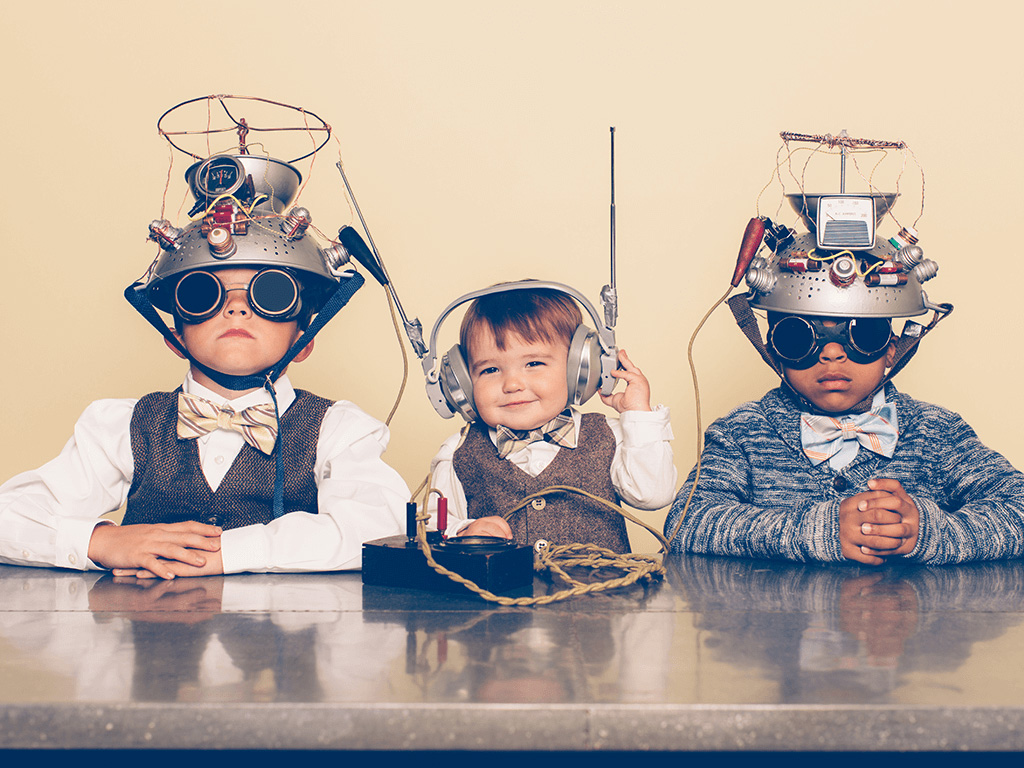
Neuromarketing and the importance of perception
Neuromarketing is a recent discovery. It all started in 2002 thanks to Ale Smidts’ studies,
the professor of Marketing Research at Rotterdam School Management.
It’s a branch of neuroeconomy which combines neurology, psychology and marketing in order to analyse how
the human brain reacts during the shopping experience or while getting in contact with a certain spot,
brand, product or campaign. The aim is to improve marketing strategies, reaching beyond the conscious
hemisphere of the brain, in order to captivate the unconscious and unexpressed needs of the customer.
What instruments does Neuromarketing use?
Electroencephalography (EEG-Biofeedback) and the functional electromagnetic-resonance (FMRI, Functional
Magnetic Resonance Imaging) are essential to detect cerebral activities, brain imagining and the emotional -
cognitive reactions of a person. The EGG detects the movement of the electrical impulses between neurons
in the cortical area of the brain, which is the outermost. It makes it possible to trace emotions such as
rage, excitement and pain. However, it is not as accurate as the FMRI which allows us to detect the centre
of pleasure through a magnet.
These instruments, together with the EyeTracking - which traces the ocular movement - and the analytical
capacity of Psychology and Behavioural Sociology lead to the comprehension of how our subconscious behaviour
often takes over the rational and conscious one. One of the most famous case studies concerning the utilization
of Neuromarketing’s techniques is the experiment which occured in 2004 between the giants of the international
beverage industry: Coca-Cola versus Pepsi. The aim of the experiment was to confront the customer’s perception
and the power of the Brand to understand how the cultural aspects of the individuals could influence their
judgement. The final results have certainly brought an important contribute to the literature of marketing,
whereby significant remarks concerning the influence that the power of the brand has on the customers’ perceptions.
The sample analysed has shown an evident preference for Pepsi in the case in which the beverage was tested
without revealing the brand at hand. On the contrary, if the customers were aware of the brand they were
testing, the 75% of them would claim to prefer Coca-Cola, as well as activating the areas of the brain
which are related to self-esteem and positive emotions.
The preferences and the purchasing behaviour of the customer weren’t thus being influenced by the actual
organoleptic characteristics of the product, but by the experiences related to the brand and the expectations
connected to the images and the values that Coca-Cola and Pepsi have created through the years thanks to their
commercials. Basically, the actual playing field of these two giants is not that concerning the product, but
that concerning the brand awareness, the perception that they are able to transmit.